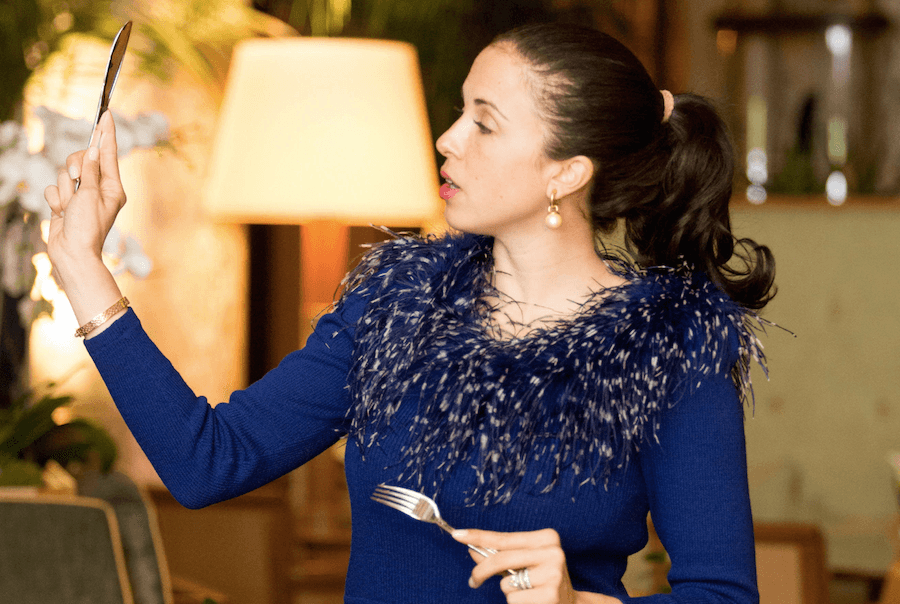NEW YORK—Proper etiquette may seem like an antiquated concept of the past, but it’s alive and well today. Moreover, etiquette can vary from country to country, and it may be easy to accidentally break a couple of rules. Depending on where you are, it can be immensely useful to know what these social norms are.
Myka Meier is the founder of Beaumont Etiquette, a school that offers classes on proper business, dining, social, and service staff etiquette. Meier spoke with The Epoch Times on the meaning of etiquette, its importance today, and the differences between American, British, and Continental European etiquette.






